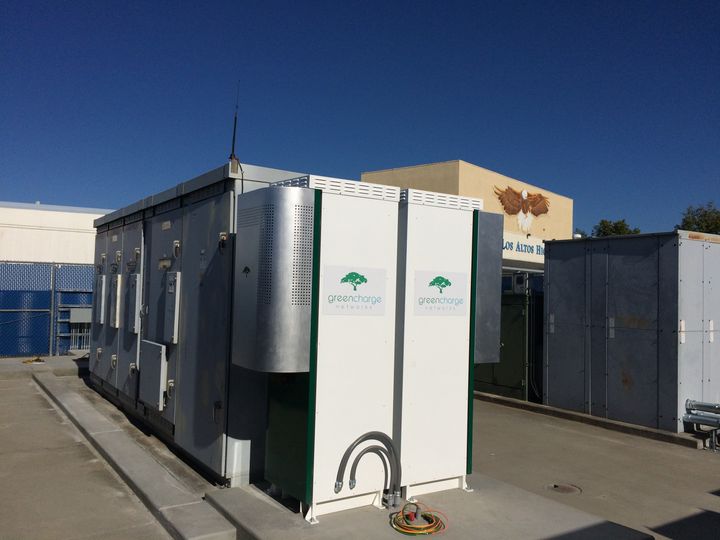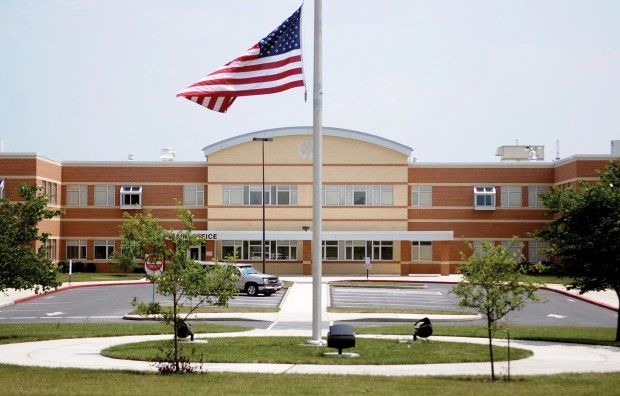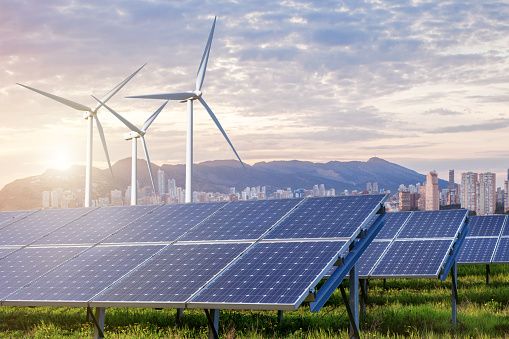California is the home of clean energy innovation. If an idea is going to take off and achieve national and international adoption, it has to work in California first.
A quick drive around the state is a tour of wind farms, neighborhoods retrofitted with solar panels, and recently, highly efficient energy storage technologies. While energy storage equipment camouflages itself as a standard utility, it stands out in the clean energy space. And it stands out for one simple reason: it makes perfect sense.
How much sense does energy storage make? One indicator is that while Silicon Valley is trying to attach solar panels to every square foot of sun-exposed space, high schools and colleges are quietly installing energy storage technology. Vic Shao, CEO and Founder of Green Charge, an energy storage company, says that schools have made a simple calculation about energy use and are choosing energy storage.

In a nutshell, energy storage is machinery that is installed on a facility that regulates a facility’s use of the power grid. During peak times the energy storage kicks in to minimize the use of the grid, and it slowly charges itself during quiet periods. By avoiding peaks in energy use, schools and other institutions that use energy storage are lowering stress on energy grids, saving money, and helping the environment.
I asked Vic Shao about the unusual emergence of energy storage in public schools:
Q: Why are schools early adopters of energy storage solutions right alongside visionary Silicon Valley companies? Isn't that an unusual thing to see?
Shao: You’re absolutely right that schools are not typically first adopters, but the situation speaks to the demand in the market for an energy storage solution. Our public schools are constantly under budget pressure, and in California where monthly electric bills are increasing by more than 10% per year, schools need the relief just as much as anyone else. Schools also benefit from a surplus of space – they have the real estate to adopt renewables, including energy storage.

Q: Can schools be a proving ground to make energy storage mainstream?
Shao: Schools have a number of attributes that make them the perfect proving ground:
1. Stable, creditworthy, long-term contract off-taker for renewable contracts
2. Usually not space constrained
3. Schools typically have a good handle on energy (kWh) costs, having gone through energy efficiency retrofits and in many cases installed solar systems. The main issue is the high cost of demand (kW) charges, and energy storage is the proper tool to fix that problem.
4. There is a great opportunity to educate the next generation about the environmental impact that energy storage can help mitigate. Green Charge has an education initiative for the schools adopting our solution.
Q: Is Green Charge available outside of California? And are schools going to be a primary client as it expands to other states?
Shao: Yes – Green Charge has systems installed at 6 utilities around the country. With the recent acquisition by ENGIE, the largest electricity provider in the world (150,000+ employees, 70 countries, €69.9B annual revenue), Green Charge is expanding worldwide rapidly. The attractive attributes for schools hold true for most locations.

Q: Is investing in energy storage the same kind of financial calculation as solar - make a large upfront investment and return a profit over the life of the equipment?
Shao: Green Charge has a super attractive offer in the market – we call it a Power Efficiency Agreement (PEA) contract, where Green Charge covers the upfront capital cost and installation. During the 10-year term of the contract, Green Charge will share in the demand savings and utility grid services revenues generated from the installation with the host customer. Green Charge takes care of all the operations and maintenance (O&M) during the contract term. It’s truly a no cost, no risk offer to our customers and the reason why we’re seeing such a tremendous response.
Q: What is next for energy storage technology? Where does Green Charge see the industry in five years?
Shao: Energy storage is the new killer app in renewable adoption. Historically speaking, sustainability-conscious customers have done all they can on the energy (kWh) side - lighting retrofits, double-pane windows, and solar systems. Energy storage lets them cross over into the demand (kW) side of their bills, which traditionally has been untouchable without recent advances in batteries and smart software. In 5 years, energy storage will be ubiquitous, just like solar is today.
